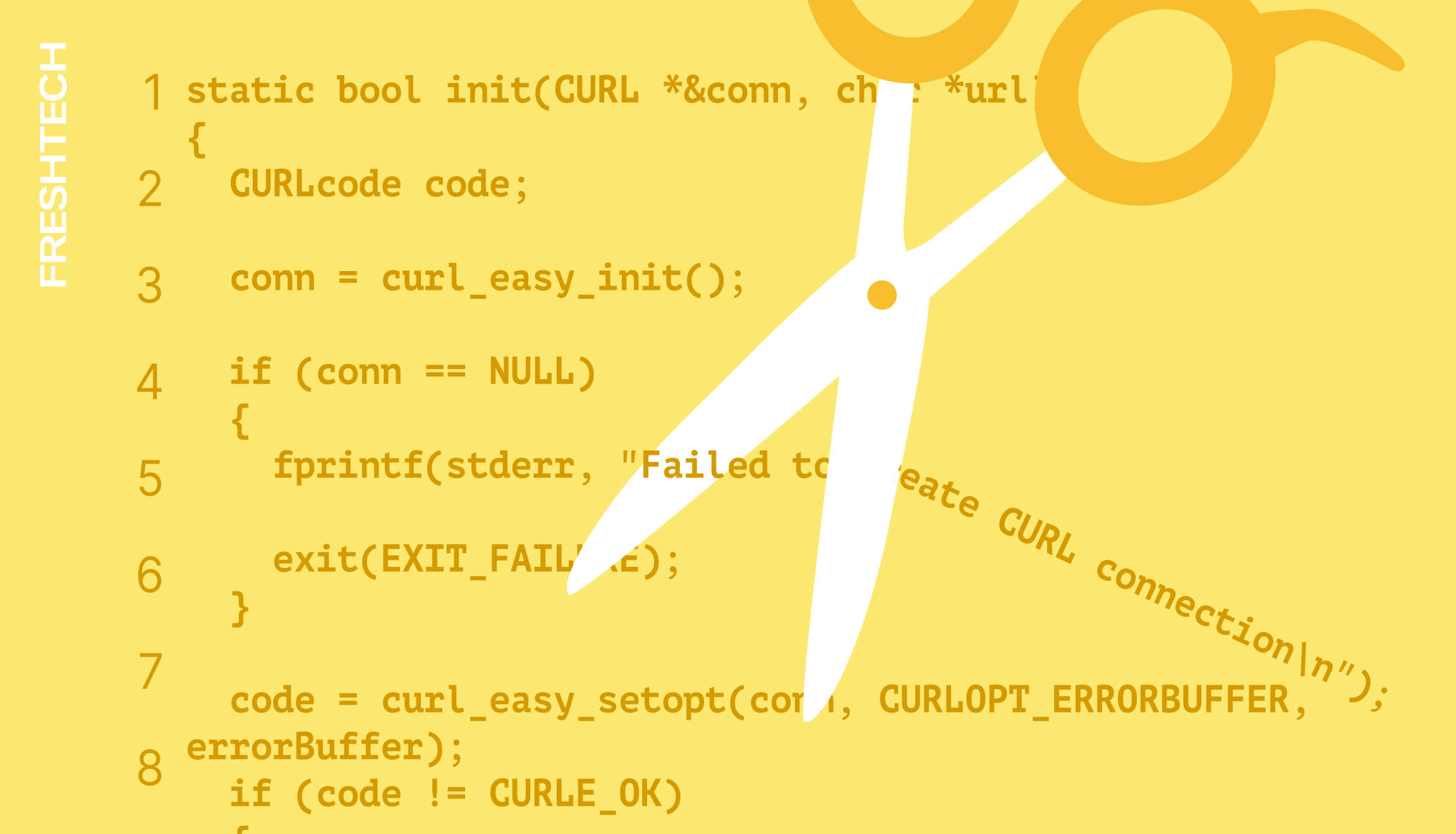How to Start Monetizing Your Startup from the First Release?

Why is monetization often postponed until after launch, early user feedback, or building a steady audience? It’s typically a result of prioritizing technical execution or aiming for a fast go-to-market. However, it’s essential to start with a clear understanding of how your product will generate revenue. How to prepare for monetization and decide on a strategy — find out below.
A monetization model defines how a product or service generates revenue. Here are some of the main types:
-
Subscription: recurring payments for access to a service or content. It provides predictable revenue and a strong incentive to keep improving the product.
-
One-time purchase: a model where the product is bought once. It works well for tools with clearly defined value.
-
Freemium: part of the functionality is available for free, while the rest requires payment. This approach helps scale the user base quickly but requires a careful balance between free and premium features.
-
Ad-based model: revenue comes from displaying ads within the product. This model is effective only with high traffic and active user engagement.
The choice of a business model depends on user behavior, expected customer lifetime value (LTV), customer acquisition cost (CAC), and market specifics. For example, if the audience rarely uses the service, a subscription model may be ineffective. If quickly attracting a large and diverse user base is important, then freemium is the better choice. The model should scale easily with the product and be clear to users from their very first interaction.
Preparing the product for monetization
Integrating payment mechanics at the MVP stage
Monetization should be built into the product from the very beginning — already at the MVP stage. It’s important to integrate payment systems, design pricing plans, and set clear boundaries between free and paid features. This not only simplifies future scaling but also helps gather initial data on users’ willingness to pay. Simple mechanisms can include paid options, basic and advanced functionality, or ad placements.
Which features should be paid from the first release?
At the product launch stage, it’s important not only to identify the value of features but also to clearly define the boundary between free and paid functionality. Paid options work best when they create a noticeable difference in user experience, for example, by allowing users to bypass limits or significantly boost productivity.
Ideally, paid features appear at a stage where the user is already actively engaging with the product and recognizes the practical value of the basic functionality. These include advanced analytics, automated actions, data import/export, history saving, and so on. Such tools are often seen as professional and motivate users to upgrade to the paid version.
At the same time, basic features should be sufficient to initially attract users and help them understand the product’s value. The goal of the first version is not to limit but to captivate and let users experience the core idea without frustration. Paid features shouldn’t feel like a barrier; rather, they should come across as a natural extension of the experience, which users seek out themselves when they need more.
Monetization launch strategies
Subscriptions and trial periods
The easiest way is to sell specific features, access, or services immediately after registration or interaction with the product. Minimizing the number of steps, optimizing for mobile devices, having clear pricing plans, and a transparent refund policy significantly boost conversion rates. According to the Baymard Institute, up to 70% of users abandon payment due to frustration during checkout, so UX directly impacts sales.
Partner programs and integrations
Integrating with other services opens new revenue channels — for example, through partner payouts, commissions, or paid access to external features. The effectiveness of such solutions increases when the partner functionality feels like a seamless extension of the main product rather than a separate module. For instance, the ability to apply for a loan within a FinTech app using a partner bank’s API, with the bank sharing the commission for each successful transaction.
Upselling and cross-selling
Active users are often willing to invest in additional services or features. The most effective offers are those that align with their needs and appear at the right moment. For example, selling premium templates after the first design project is created, or consulting packages once a certain level of product usage is reached.
When choosing a monetization model, it’s essential to clearly understand who your user is, what they’re willing to pay for, and how often they’ll return. These answers determine your business logic, features, and growth pace. This is where a sustainable product development strategy begins.
If you’re dreaming of launching a startup project, leave your contact details in the form. Our manager will get in touch with you and offer the best way to bring your ideas to life.




















